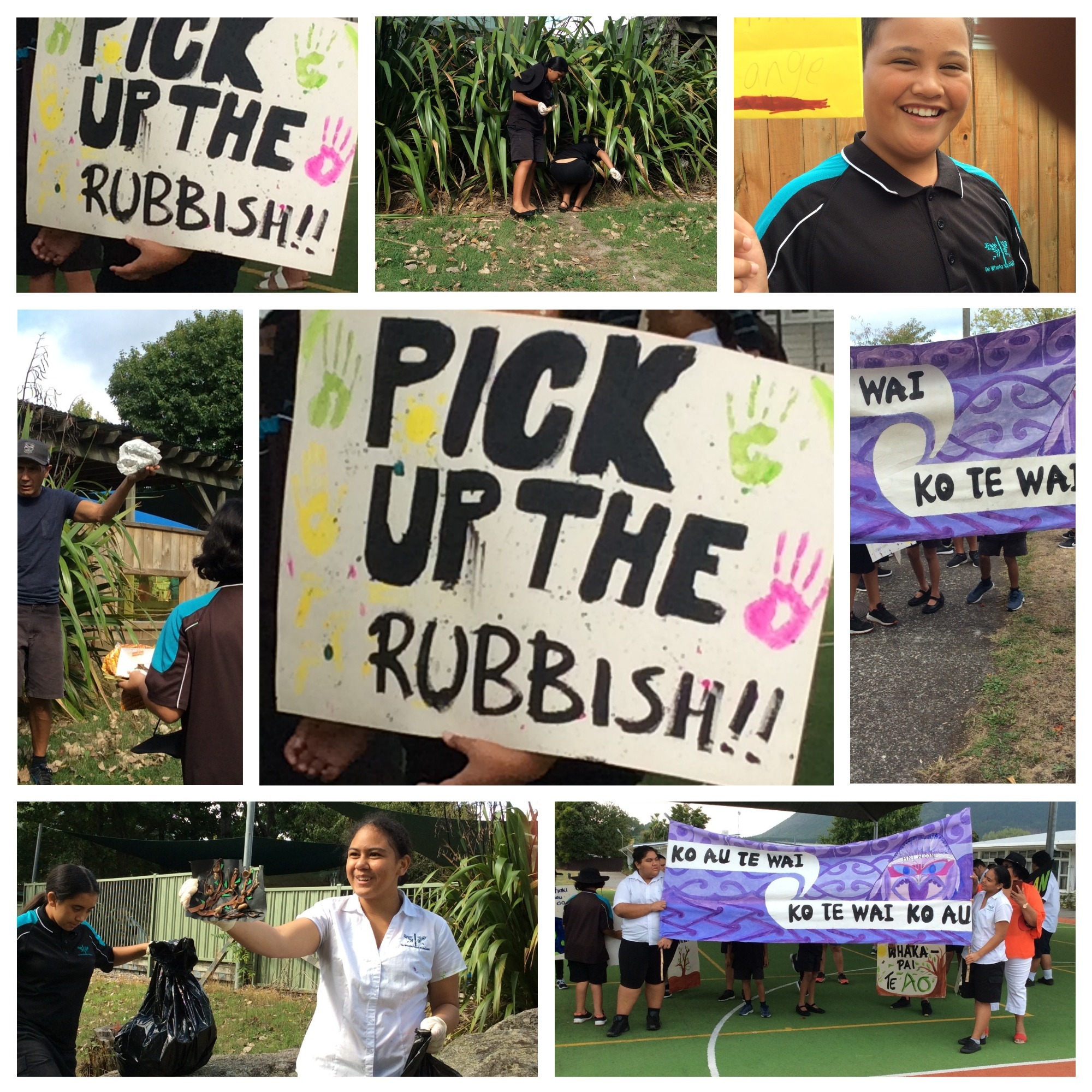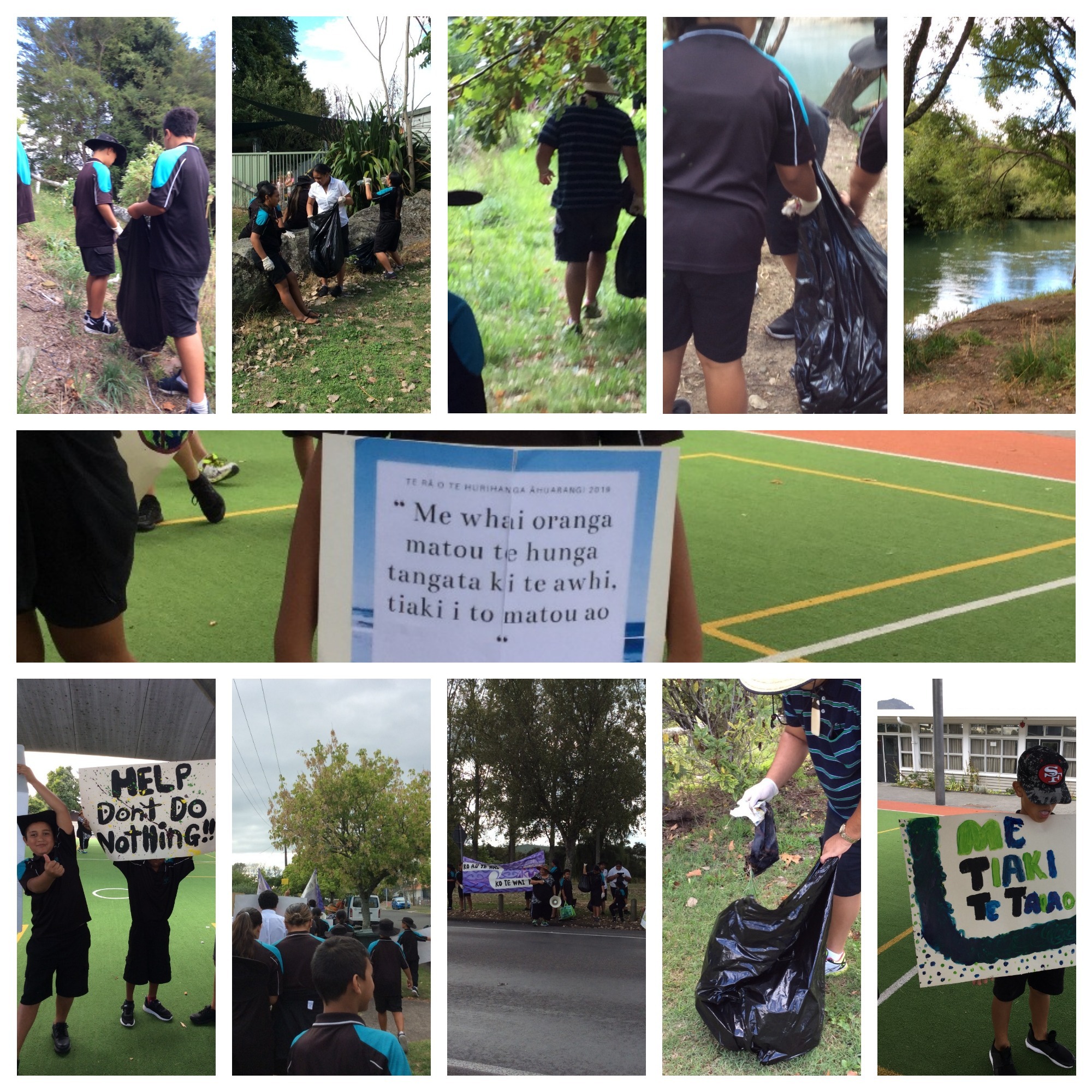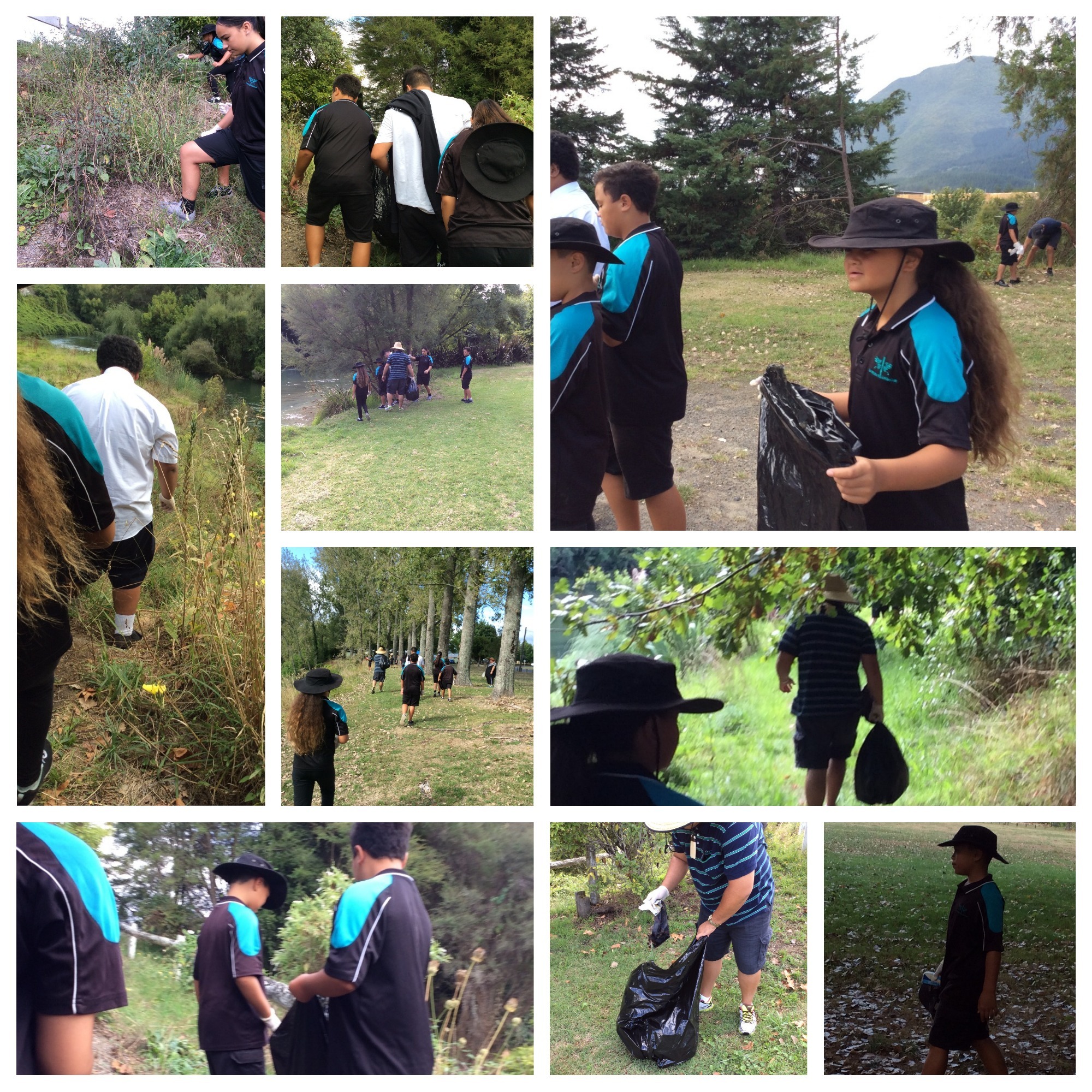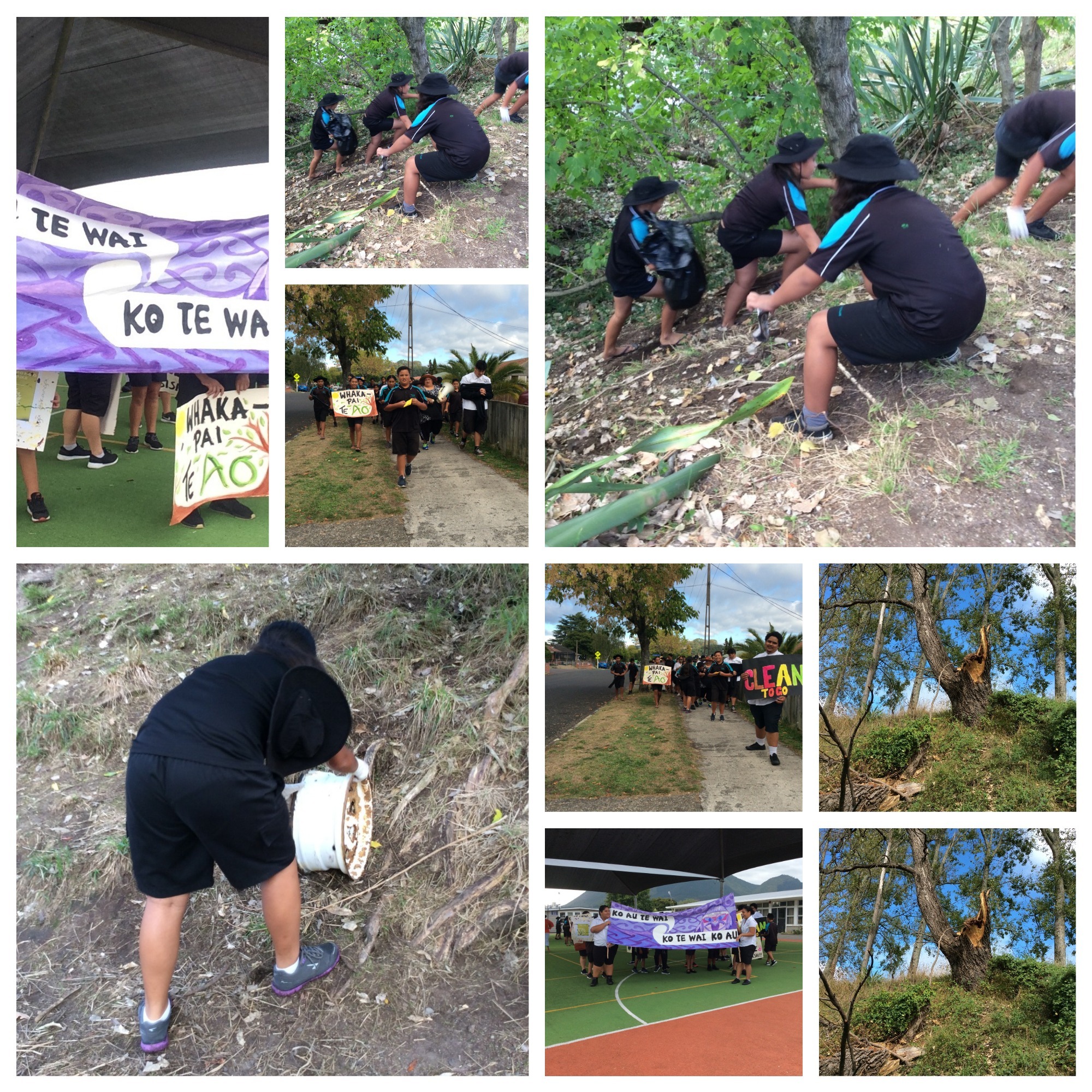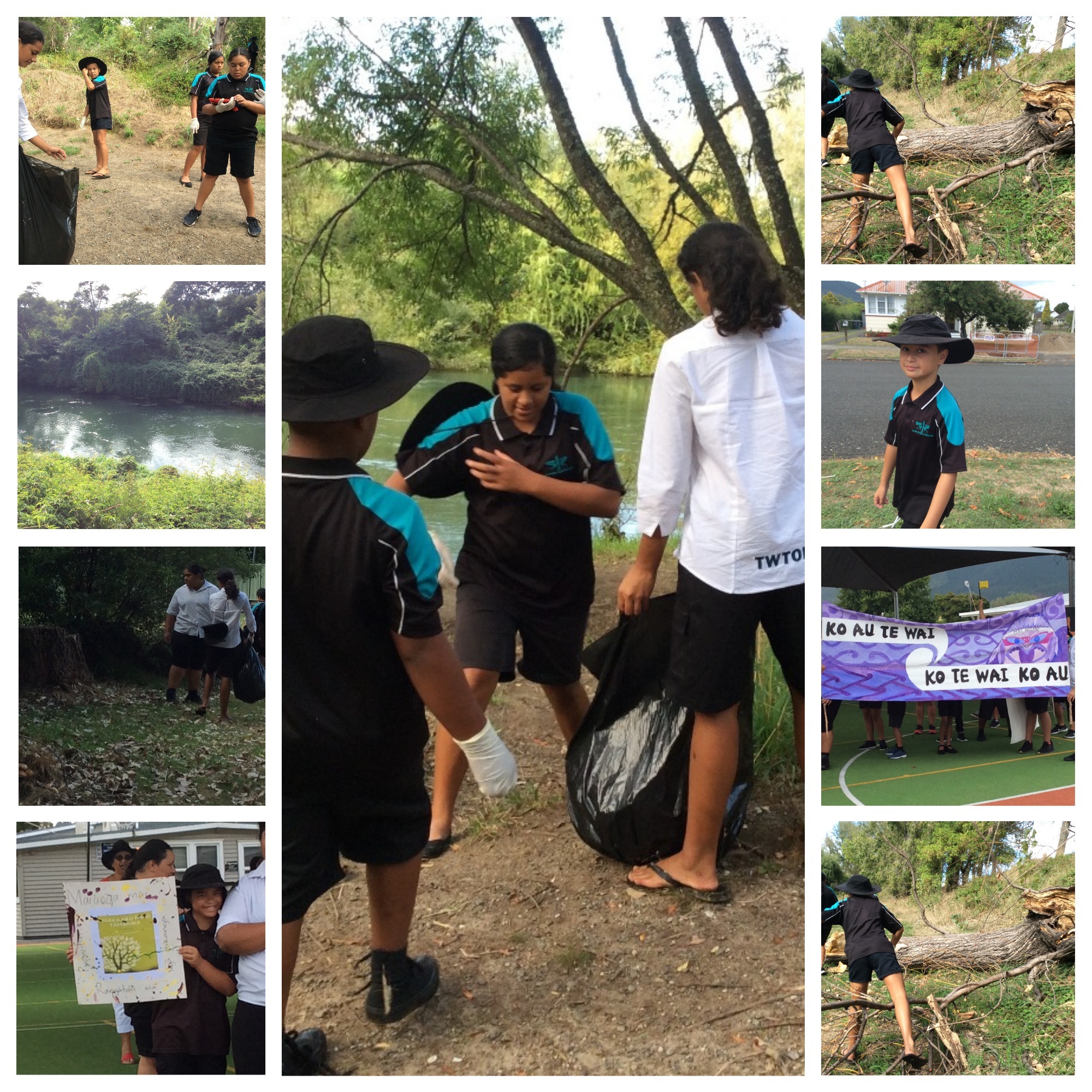Microplastics Ohiwa harbour/Ohope beach
Kawerau rangatahi were totally activated to begin their year serving as kaitiaki. Working in partnership with PTC Trust and Para Kore (in promoting ‘Tiaki Taiao’ - Hui Kaitiakitanga), rangatahi aimed to achieve Zero Waste by increasing the reuse, recycling and composting of materials thereby helping to reduce the extraction of natural resources and raw materials from Papatūānuku.
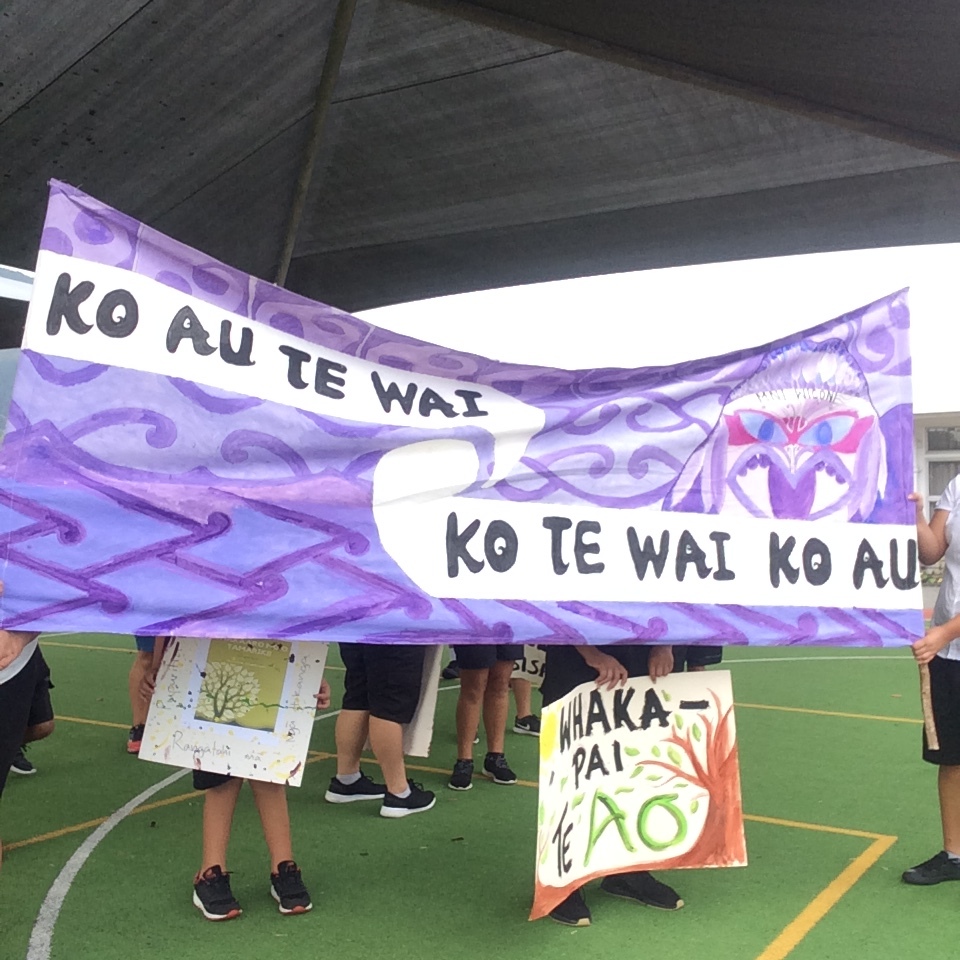
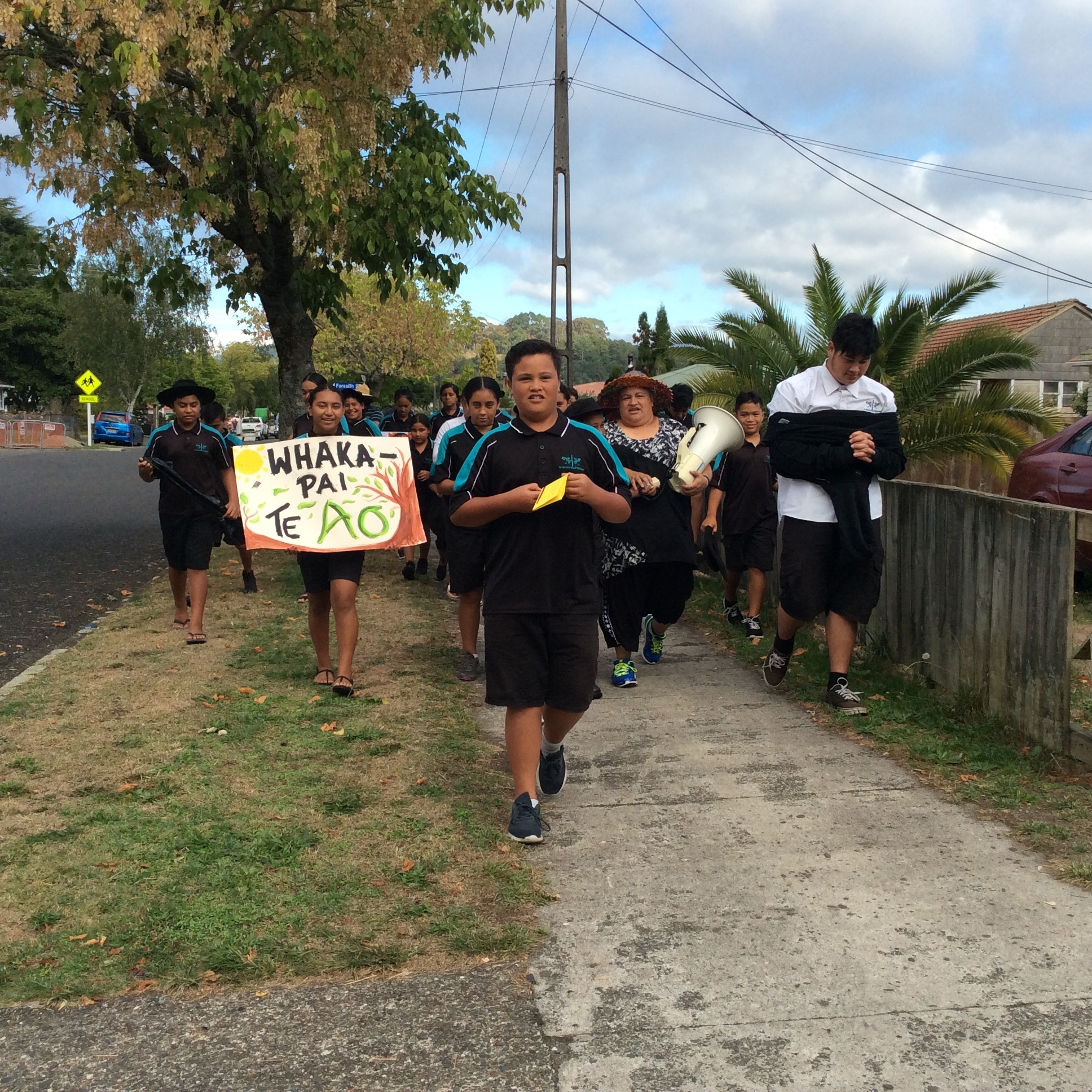
Our youth collected rubbish along the Tarawera river and worked to spread the message to as many in their area as possible. Rangatahi were undeterred by the magnitude of the task but were fully committed to change behaviour and change systems at the school to reduce waste.
Term 1 concluded with a focus on microplastics and learning how to collect, identifying and sort these microparticles. Led by Scion’s biopolymer scientist Dr. James Bridson, students turned their attention to Ohope beach and Ohiwa harbour in Whakatane. Overnight flooding resulted in the harbourmaster closing the bar so the group were unable to trawl the seas. Undeterred the students were enthused to focus on the beach.
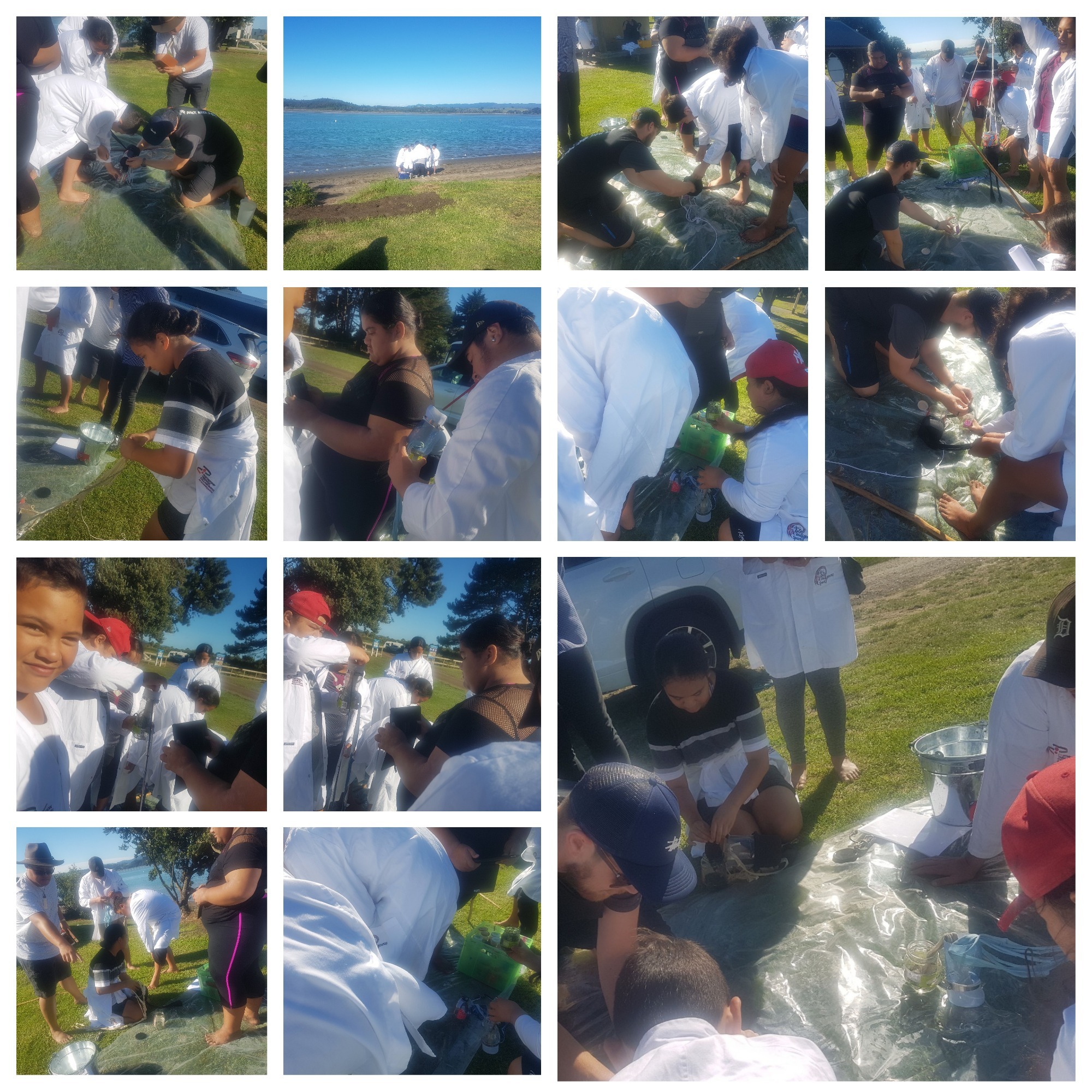
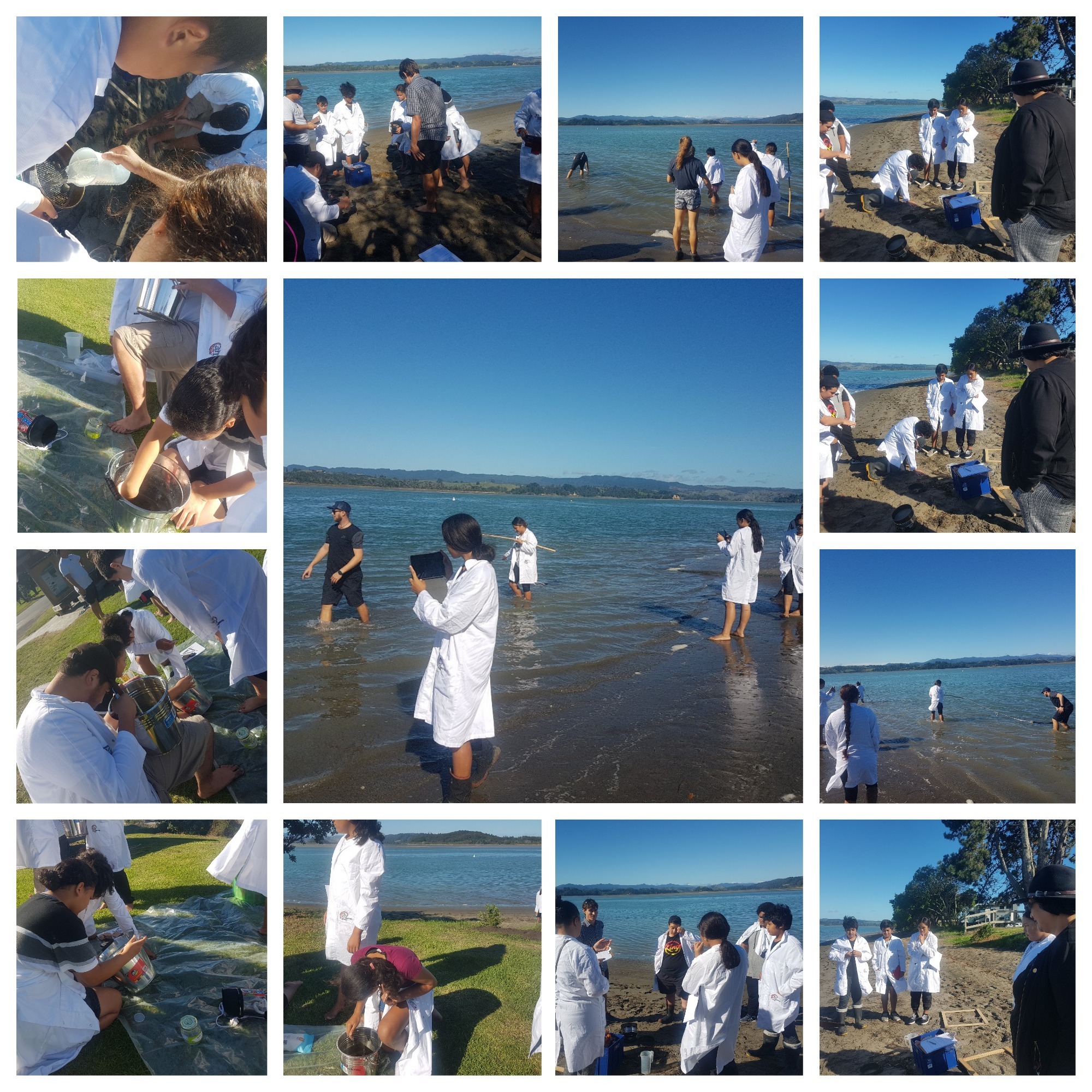
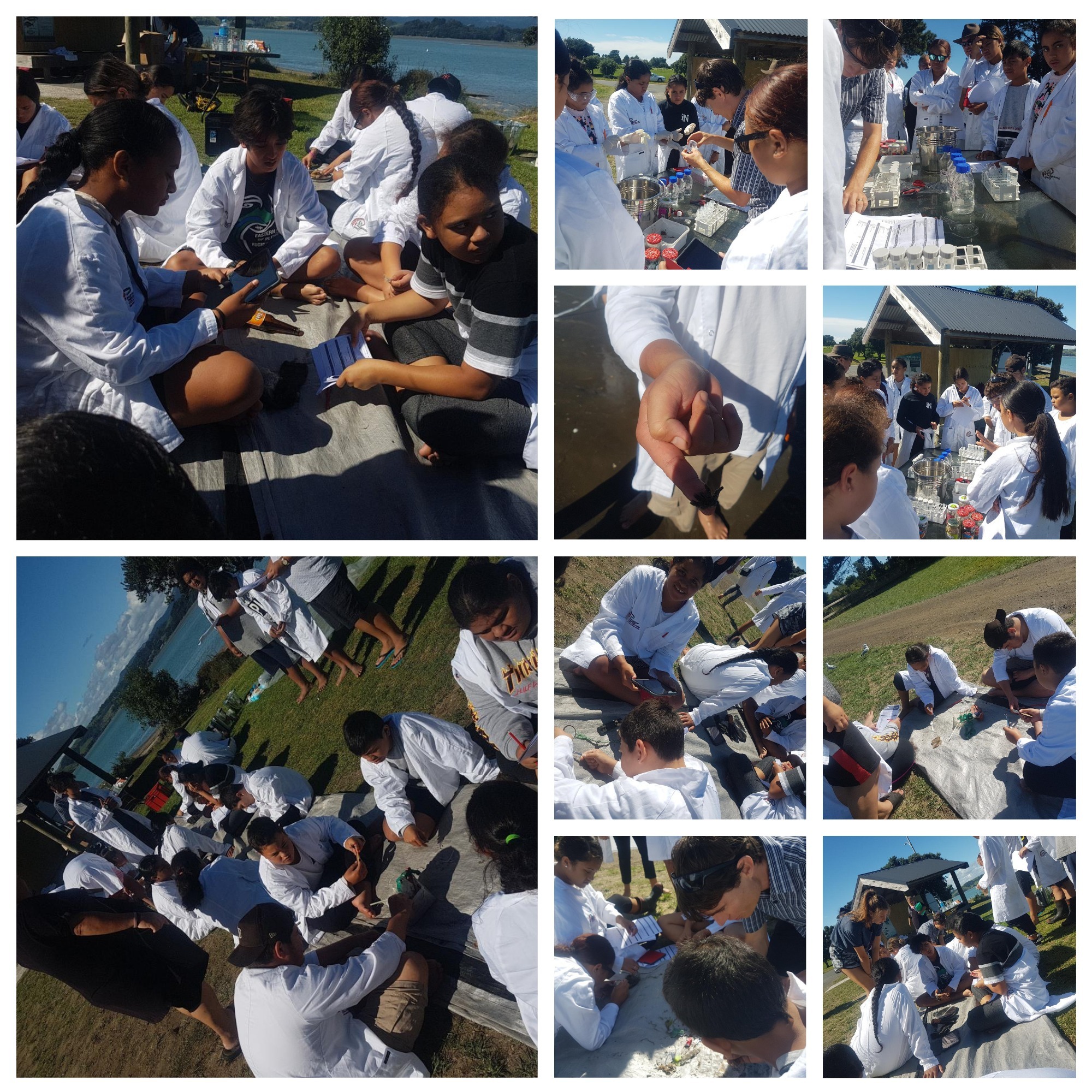
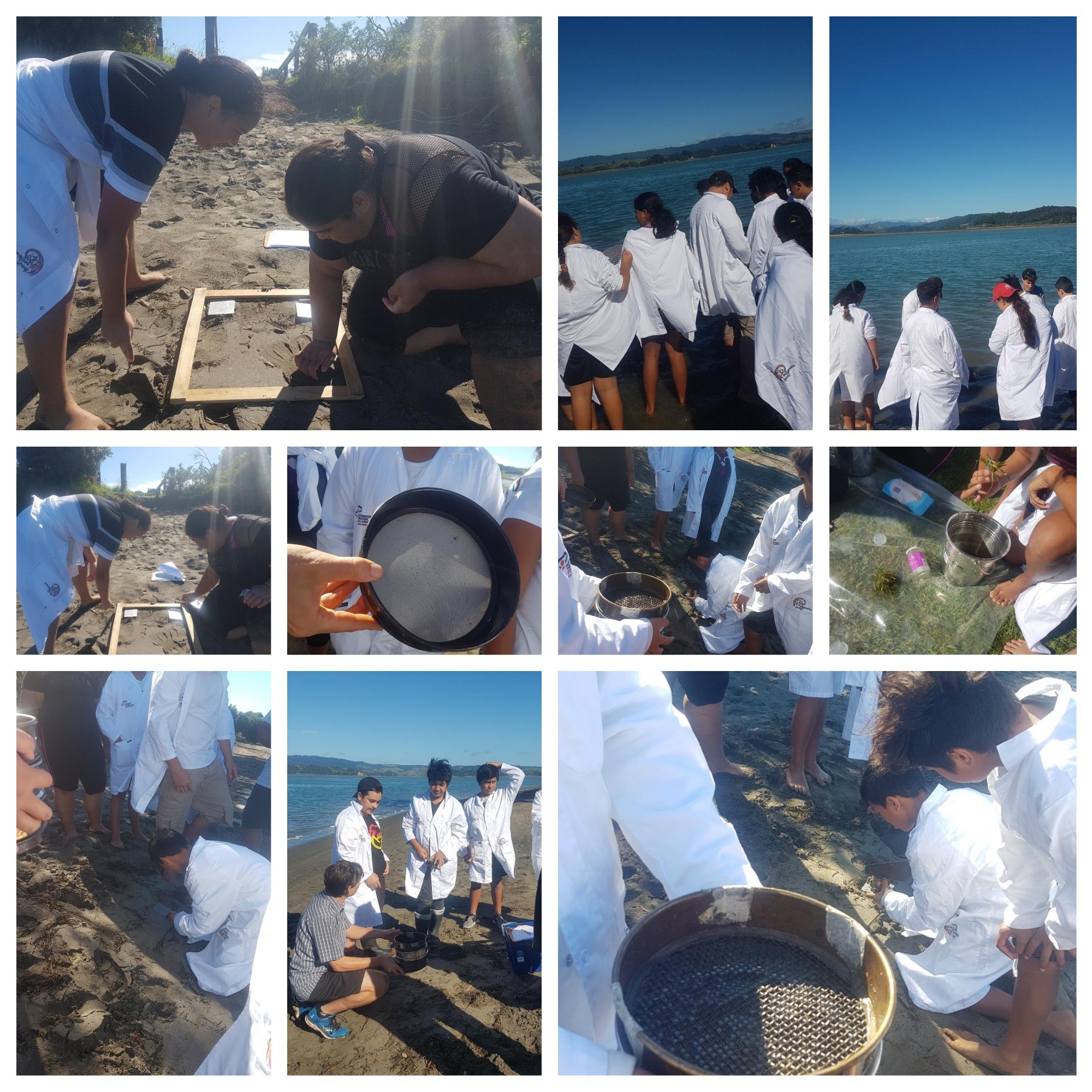
Dr. Bridson’s research on fish species and especially on the contamination of commercial marine fish species by plastic holds import for young Māori. Fishing is important in Māori tradition because ‘Tangaroa is the god of the sea and all the fish and it was important that fishermen stay in favour with Tangaroa. They had rules about when to fish, and how to make nets’. James explained that their study examined 932 specimens from 34 commercial fish species across four SP locations, for the presence of marine plastics. Plastic was found in 33 species with an average ingestion rate (IR) of 24.3 ± 1.4% and plastic load of 2.4 ± 0.2 particles per fish’.
Plastic particles smaller than 5 mm (microplastics) are found everywhere in the sea. Being small, they are easily ingested by marine organisms and can find their way up the food chain from smaller fish to larger fish (and maybe to humans). Dr James is part of a wider team of researchers from Scion, ESR, University of Auckland and NIWA working together to determine the extent of microplastics pollution in NZ. As youth learnt about the harmful effects of microplastic ingestion by commercial fish species in NZ and across the wider Pacific, they were empowered to take action to reduce the use of plastics in society. Their sampling identified the following microplastics from ocean and sand sediment.



